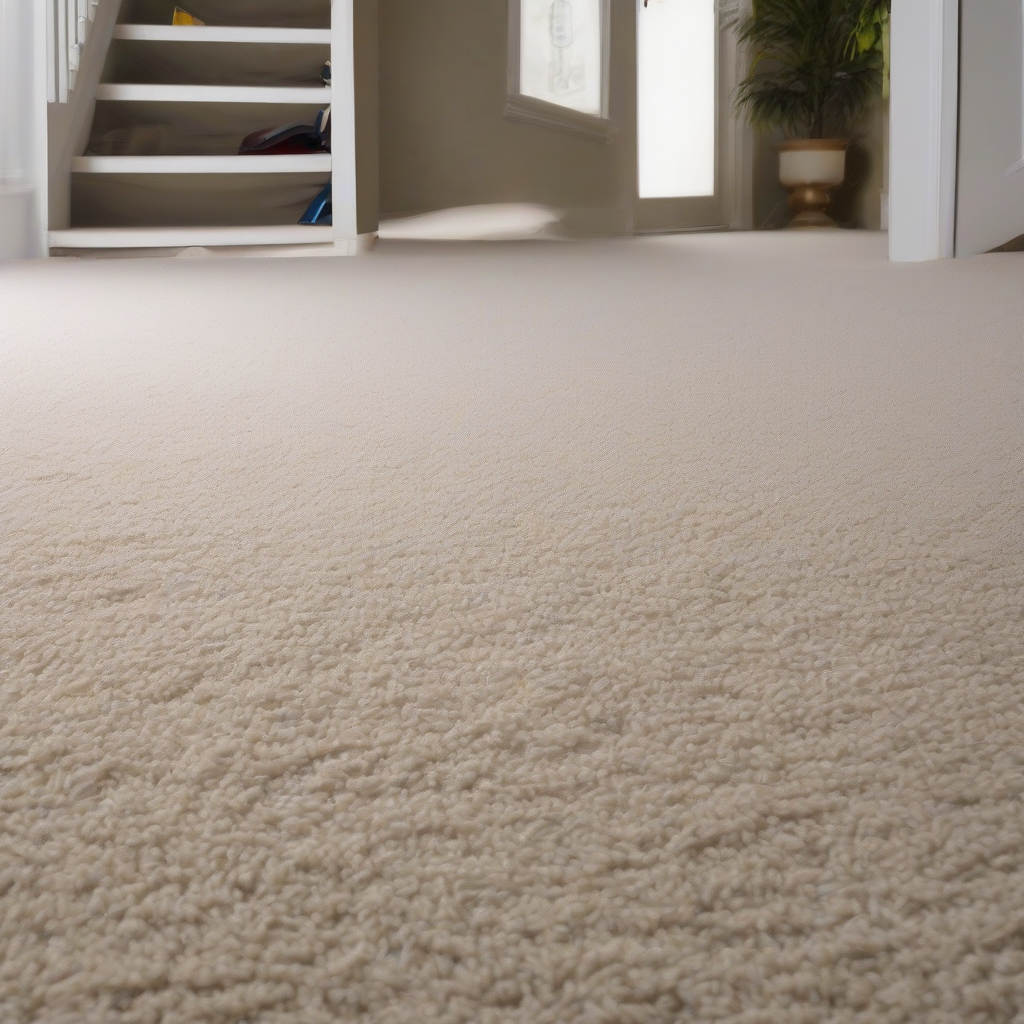Navigating the Waters of Water Damaged Carpet Insurance Claims: A Comprehensive Guide
Navigating the Waters of Water Damaged Carpet Carpet Insurance Claims: A Comprehensive Guide
Water damage to your carpet is a frustrating and often costly event. Understanding your insurance policy and the claims process is crucial to minimizing disruption and expense. This guide provides a detailed walkthrough of filing a successful water damaged carpet insurance claim.
Understanding Your Insurance Policy
Before you even begin to think about cleaning up the mess, carefully review your homeowners or renters insurance policy. Look for these key sections:
- Covered Perils: Determine if water damage is explicitly covered. Some policies exclude certain types of water damage, such as flooding from natural disasters (often requiring separate flood insurance) versus water damage from a burst pipe (typically covered).
- Deductible: Note the amount of your deductible. This is the amount you’ll pay out-of-pocket before your insurance coverage kicks in.
- Coverage Limits: Understand the maximum amount your insurance company will pay for water damage repairs or replacement. This limit might apply to the entire claim or to specific aspects like carpet replacement.
- Policy Exclusions: Carefully examine any exclusions related to water damage. These might include pre-existing damage, negligence, or specific causes of water damage.
- Claim Procedures: Your policy should outline the steps you need to take to file a claim. Pay close attention to deadlines and required documentation.
Immediate Actions After Water Damage
Time is of the essence when dealing with water damage. Prompt action can significantly limit the extent of the damage and improve your chances of a successful claim.
- Ensure Safety: Prioritize safety. If there’s a risk of electrical shock or structural instability, evacuate the area and contact emergency services.
- Document the Damage: Take numerous photographs and videos of the damaged carpet from various angles. Record the extent of the damage, the affected area, and any visible sources of the water.
- Prevent Further Damage: If possible, safely remove excess water using towels, mops, or a wet-dry vacuum. Open windows and doors to improve air circulation and facilitate drying. Use fans to accelerate the drying process.
- Contact Your Insurance Company: Report the water damage to your insurance company as soon as possible. Follow their instructions carefully regarding the claim reporting process.
- Keep Records: Maintain meticulous records of all communication with your insurance company, including dates, times, and names of individuals you spoke with. Keep copies of all relevant documents, such as photos, repair estimates, and receipts.
Filing Your Insurance Claim
The claim filing process may vary depending on your insurance provider, but generally involves these steps:
- Contact your insurer: Usually via phone or online portal, report the damage and request a claim number.
- Provide necessary documentation: This typically includes photos, videos, and a detailed description of the incident, including the date and time of the damage and the suspected cause.
- Schedule an inspection: Your insurer will likely send an adjuster to inspect the damage and assess its extent. Be present during the inspection and provide them with all necessary information.
- Obtain estimates: Get at least three written estimates from reputable carpet cleaning or replacement companies. These estimates should detail the cost of repairs or replacement, including labor and materials.
- Submit your claim: Submit all required documentation, including the estimates, to your insurance company. Follow up to ensure your claim is being processed.
Dealing with the Insurance Adjuster
The insurance adjuster plays a crucial role in determining the payout for your claim. It is essential to cooperate fully but also protect your interests.
- Be prepared: Before the adjuster arrives, gather all your documentation, including photos, videos, and estimates. Know the details of your policy and the extent of the damage.
- Be polite and professional: Maintaining a respectful demeanor throughout the process is important. However, don’t hesitate to ask clarifying questions or express concerns.
- Be accurate and honest: Provide accurate information about the damage and the circumstances surrounding it. Avoid exaggerating the extent of the damage or misrepresenting facts.
- Negotiate if necessary: If you disagree with the adjuster’s assessment, politely explain your reasoning and provide supporting documentation. Be prepared to negotiate a fair settlement.
- Get everything in writing: Ensure that all agreements and communications are documented in writing. This includes the adjuster’s report and any settlement offers.
Understanding Different Types of Water Damage
The type of water damage significantly influences the insurance claim process and the extent of coverage. Understanding the different categories is crucial.
- Category 1 (Clean Water): This is water from a clean source, such as a broken pipe supplying clean water. It typically poses a lower risk of contamination.
- Category 2 (Grey Water): This water is from sources such as dishwashers, washing machines, or overflowing toilets. It contains some level of contamination and requires more careful handling.
- Category 3 (Black Water): This is severely contaminated water from sources such as sewage, floodwaters, or standing water that has been sitting for an extended period. It requires specialized remediation and poses a significant health risk.
The classification of water damage directly impacts the remediation required and, consequently, the insurance claim. Category 3 water damage, for instance, often necessitates more extensive and costly remediation, potentially leading to a higher insurance payout.
Repair or Replacement?
Your insurance company will likely determine whether your damaged carpet needs repair or replacement. Several factors influence this decision:
- Extent of the damage: Minor stains or localized damage may be repairable, while extensive damage, mold growth, or structural compromise might necessitate replacement.
- Cost-effectiveness: The insurance company will consider whether repair is more cost-effective than replacement. If the repair costs are close to the replacement cost, replacement might be the preferred option.
- Policy provisions: Your insurance policy may specify conditions under which repair or replacement is covered.
It is crucial to provide your insurer with detailed information about the extent of the damage, along with supporting documentation, to facilitate a fair decision regarding repair or replacement.
Appealing a Denied Claim
If your insurance claim is denied, you have the right to appeal the decision. This usually involves submitting additional documentation or providing further clarification.
- Review the denial letter: Carefully review the letter to understand the reason for denial. This will guide your appeal process.
- Gather additional evidence: If the denial was based on insufficient evidence, gather additional supporting documentation, such as more detailed estimates or witness statements.
- Follow the appeal process: Your policy should outline the appeal process, including deadlines and required forms.
- Consider legal counsel: If you are unsuccessful in your appeal, you may wish to seek legal advice to explore your options.
Preventing Future Water Damage
While accidents can happen, taking preventative measures can significantly reduce the risk of future water damage.
- Regular maintenance: Regularly inspect your plumbing system for leaks or signs of wear and tear.
- Preventative repairs: Address any plumbing issues promptly to prevent them from escalating into major problems.
- Water shut-off valves: Know the location of your main water shut-off valve and how to use it in case of emergencies.
- Proper ventilation: Ensure adequate ventilation in areas prone to moisture buildup, such as bathrooms and basements.






